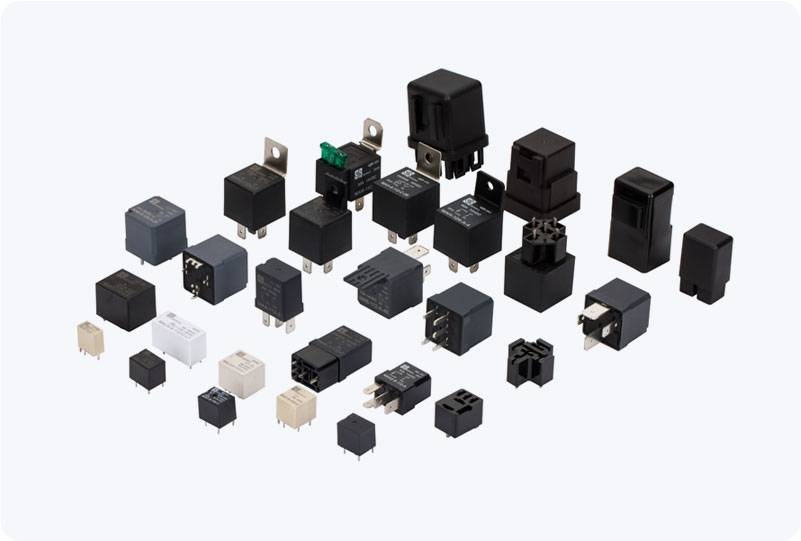In modern industrial automation, safety plays a paramount role in ensuring the well-being of both personnel and equipment. One of the critical components in achieving high safety standards in automated systems is the SIL 3 communication relay. These relays are designed to meet stringent safety requirements, ensuring that a system can continue to operate safely, even in the event of faults or failures. This article will delve into the significance of SIL 3 communication relays, their applications, and why they are essential in high-risk industrial environments.

What is a SIL 3 Communication Relay? SIL (Safety Integrity Level) is a measurement of the safety performance required for a system to operate safely and effectively in hazardous environments. SIL 3 is the third level of the four-tiered SIL rating system defined by international safety standards such as IEC 61508 and IEC 61511. A SIL 3 communication relay, therefore, is a relay designed to meet the safety performance required for applications where a high degree of reliability is needed to prevent hazardous events. The key attribute of a SIL 3 relay is its ability to function in a fail-safe manner, with multiple redundant safety mechanisms in place to ensure that failure of the relay will not result in a dangerous situation. SIL 3 relays are specifically designed to achieve a failure rate that ensures the system remains safe even when components fail.